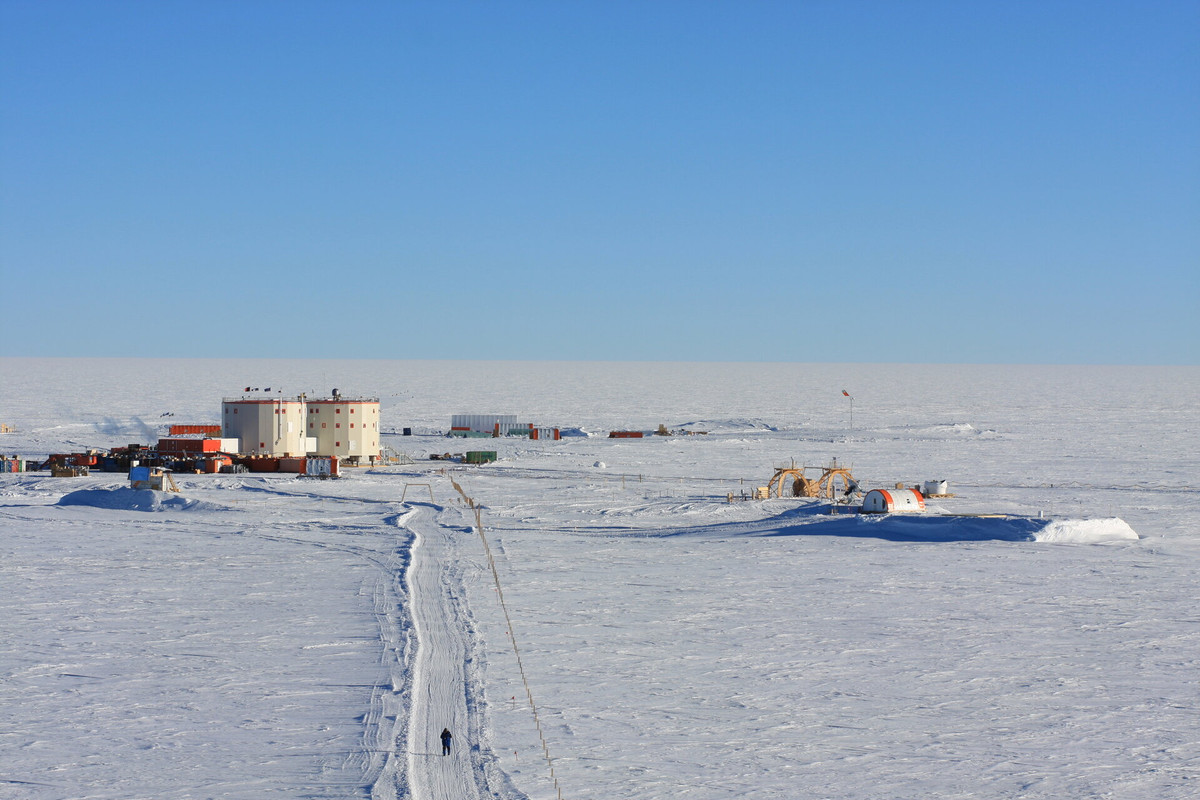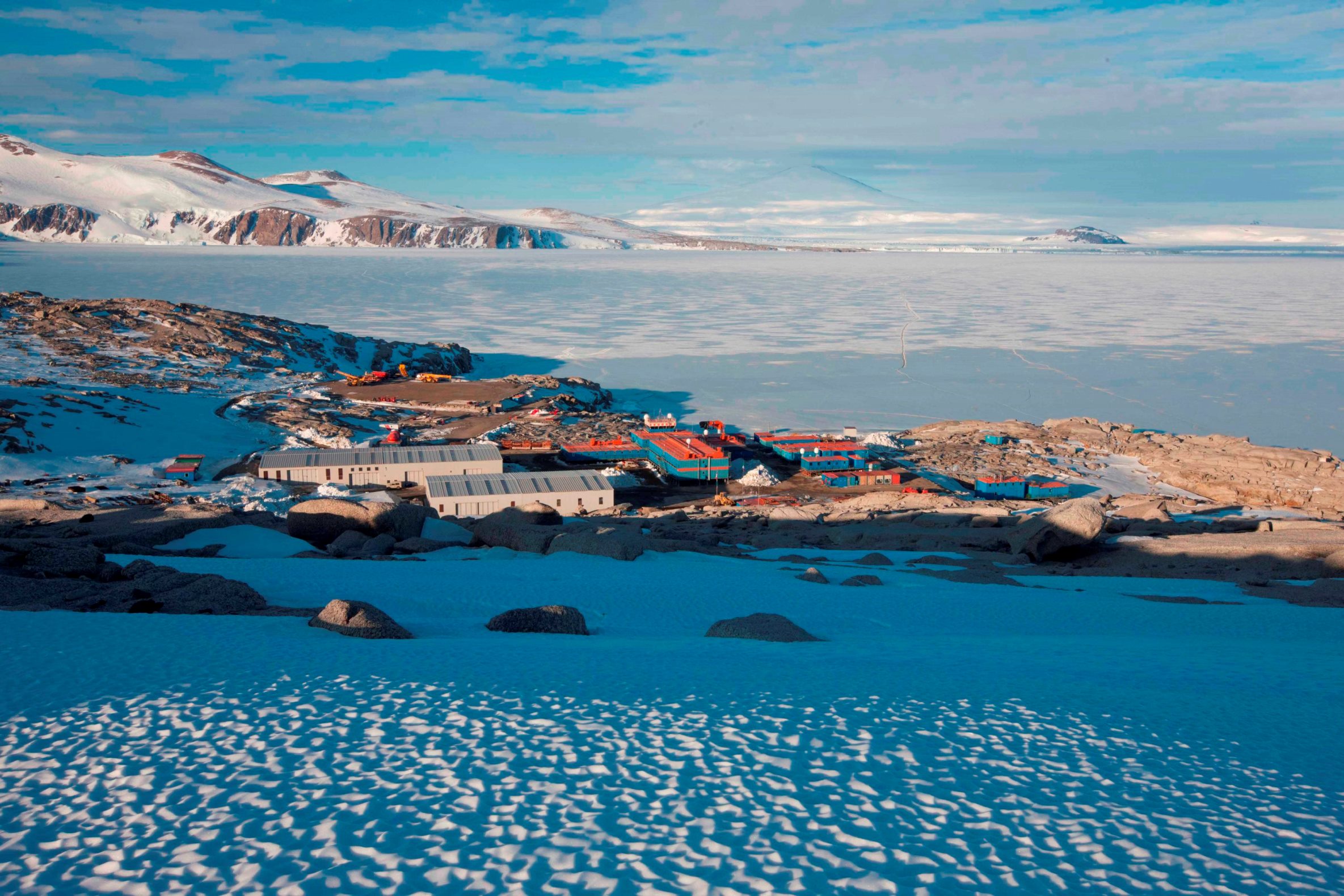CLIMATE INDICATORS
Type of resources
Topics
INSPIRE themes
Keywords
Contact for the resource
Provided by
Formats
Representation types
Update frequencies
status
Scale
-

Systematic meteorological observations on the ground and at altitude have been carried out in Concordia station since 2005. Currently, an automatic weather station (AWS Concordia) and a radiosonde system (DomeC) operate continuously all year round. In addition to the standard parameters (temperature, pressure, relative humidity, wind intensity and direction), the AWS integrates an additional sensor (sonic) for measuring the wind. AWS data are transmitted in real time via radio modem and via the Argos system for local storage and display on the intranet and base station. The meteorological data of the AWS and the radiosonde, as well as by the scientific community, are used for local forecasts and for the planning of flight. The transmission of meteorological messages on the international WMO-GTS circuit allows their assimilation into the models, contributing to the improvement of their performances. The acquired meteorological data contribute to the Basic Synoptic Network (WMO) and to the SCAR database (Met-READER). This proposal intends to continue the collection of data for the historical series, for weather-climatic monitoring and to support scientific and operational activities taking place at the base.
-

Systematic meteorological observations on the ground and at high altitudes have been carried out in the Mario Zucchelli station (MZS) and Terra Vittoria (TV) since 1987. To date, 15 automatic meteorological stations (AWS) are in operation all year round and, only in summer, a radio sound system, a celiometer for measuring the base of the clouds, a "sky camera" and a rain gauge. Some AWS, besides the standard parameters (temperature, pressure, relative humidity, wind intensity and direction) integrate sensors for radiation overall, the accumulation of snow. Most AWS transmit data in real time via radio modem or iridium to MZS during the summer, and throughout the year via the Argos satellite system. In addition to the scientific community, the data are used for local forecasts and for the planning of flight activities. The transmission of meteorological messages on the international WMO-GTS circuit allows their assimilation into the models, contributing to the improvement of their performances. The acquired data contribute to the Basic Synoptic Network (WMO) and to the SCAR database (Met-READER). This proposal intends to continue data collection for the historical series (up to 28 years of data), for weather-climatic monitoring and as support for scientific and operational activities.
-

The Ice-ClimaLizer research investigates the role of two Antarctic bioconstructional and bioindicator organisms (bryozoan and coralline algae), responsible of promoting marine biodiversity, as proxies of environmental conditions (temperature, light intensity, pressure, oxygen, conductibility and pH). An experimental laboratory has been placed in Tethys Bay (Ross Sea) at 25.5 m deep. The project will compare 1 year of environmental data obtained via continuous recording (every hour) by CTD probe with reconstructed data obtained via geochemical proxies of skeletons/thalli of the investigated species. Data are collected from November 2018 to November 2019.
 ENEA Antarctic Data Center
ENEA Antarctic Data Center